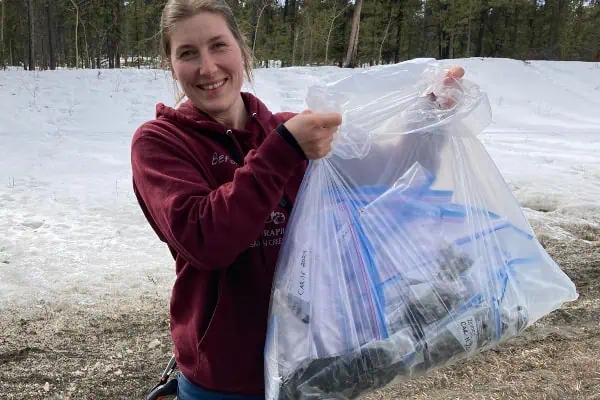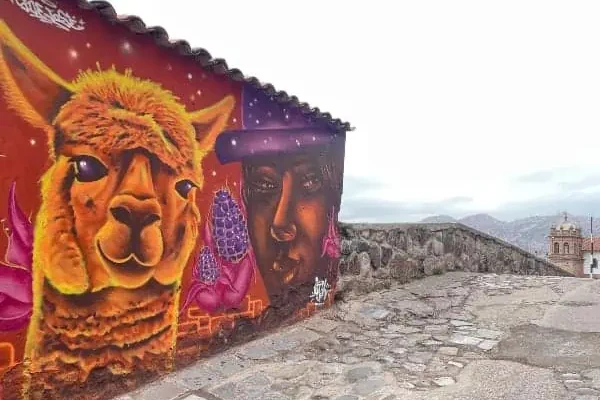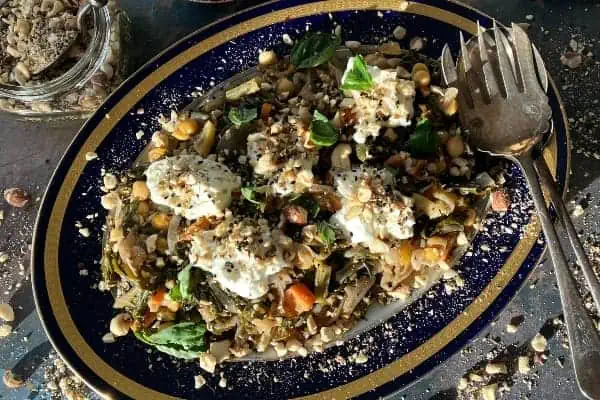Trees that naturally grow in and around Whitehorse
There are only three families of trees represented in the southwest Yukon.
Sounds easy enough? It isn’t, so don’t feel bad if you can’t see the trees for the forest.
The willow family (Salicaceae): willow and poplar
The birch family (Betulaceae): alder and birch
The pine family (Pinaceae): fir, spruce and pine
Note that I haven’t included tamarack (larch) because this tree doesn’t occur naturally in the southwestern Yukon and neither do cedar and hemlock; they are coastal trees.
Deciduous trees
I also love dead trees. Not only do they look amazing – like skeletons or totem poles – but also they give us warmth by the way of firewood.
And then there are Christmas trees.




